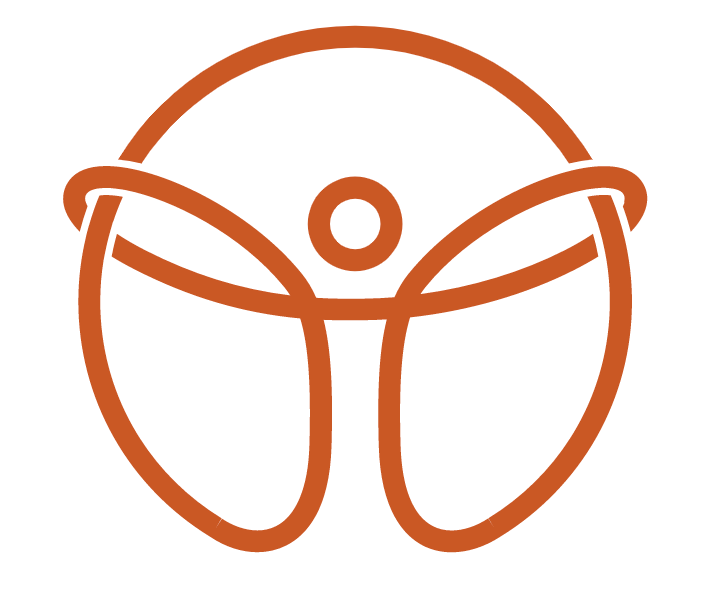Conservative Management of Achilles Tendinopathy: A Chiropractic Perspective
Achilles tendinopathy is a common overuse injury, especially in runners and jumpers. Its management often necessitates an integrative approach to address pain, dysfunction, and the underlying mechanical issues. Chiropractic care provides a comprehensive solution through therapies such as instrument-assisted soft tissue mobilization (IASTM), cupping, dry needling, and ankle joint manipulation. Here’s how these techniques contribute to recovery and the research supporting their use.
Instrument-Assisted Soft Tissue Mobilization (IASTM)
IASTM involves using tools to apply targeted pressure to the soft tissues, reducing adhesions and promoting healing. Research shows that IASTM can enhance collagen synthesis and improve tendon remodeling, making it particularly effective for Achilles tendinopathy. Recent studies suggest that combining IASTM with eccentric loading exercises significantly improves outcomes by restoring the tendon’s mechanical properties and reducing pain.
Cupping Therapy
Cupping improves circulation, facilitates myofascial release, and reduces localized inflammation. For Achilles tendinopathy, dynamic cupping around the calf and Achilles tendon can help decrease tension in the surrounding musculature. Evidence supports cupping’s ability to improve range of motion and alleviate pain, making it a useful adjunct in tendon rehabilitation.
Dry Needling
Dry needling targets myofascial trigger points and stimulates the tendon’s healing response. It can reduce pain and promote neuromuscular function. Emerging studies highlight dry needling as an effective method to decrease pain sensitivity and improve mobility in patients with chronic Achilles tendinopathy. When paired with eccentric exercises, dry needling accelerates functional recovery by addressing both pain and tissue dysfunction.
Ankle Joint Manipulation
Restricted ankle dorsiflexion is a common contributing factor to Achilles tendinopathy. Chiropractic adjustments to the ankle and subtalar joints restore mobility, optimizing gait mechanics and reducing stress on the tendon. Research indicates that joint manipulation not only improves mobility but also enhances proprioception, which is critical for preventing reinjury.
Rehabilitation Considerations
Recovery from Achilles tendinopathy often involves progressive loading to rebuild the tendon’s strength and resilience. Tendon loading exercises, particularly eccentric calf raises, remain the gold standard. However, integrating these with chiropractic interventions like IASTM and dry needling can yield faster and more comprehensive results. A study published in Journal of Athletic Training emphasizes the importance of addressing tendon health holistically, including pain modulation, psychological factors, and mechanical improvements.
Chiropractic’s Role in Long-Term Outcomes
Achilles tendinopathy has a high reinjury rate, often due to incomplete recovery of function. Chiropractic care bridges this gap by addressing not just symptoms but the underlying biomechanical and neuromuscular issues. Techniques like ankle manipulation and cupping enhance mobility and tissue health, while therapies like IASTM and dry needling promote tendon remodeling.
By integrating these conservative treatments with evidence-based rehabilitation protocols, chiropractors can provide patients with a tailored approach to not only recover but also prevent future injuries.
For further insights into these techniques, studies from Journal of Athletic Training and Orthobullets provide valuable context for their efficacy.

